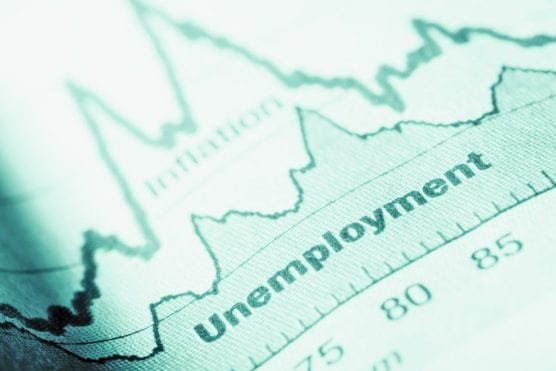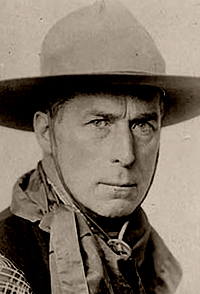By Amanda Pampuro
(CN) — Some 1.3 million Americans, a population roughly the size of Dallas, Texas, filed for unemployment last week, making for a total of 32 million out-of-work Americans receiving jobless benefits, according to numbers released Thursday by the U.S. Department of Labor.
The figures, which put the overall rate of insured unemployment at 11.9%, include millions of gig workers and entrepreneurs not typically counted among the country’s covered employment denominator of 145,671,710 people who meet work and wage requirements to qualify. Last week, the rate of insured unemployment was 12.4%.
Come July 31, the 928,488 Americans who have been receiving an extra $600 a week in Pandemic Unemployment Assistance will lose that benefit as the program expires.
Congress is negotiating a second economic aid package, however, that could extend unemployment benefits as well as direct payments to individuals and families.
As rates of disease spread and consumer confidence differ by locality, along with job industries, many experts expect rates of economic recovery to remain uneven throughout the country.
Analyzing data for the Brookings Institute, senior fellow Alan Berube wrote: “No metro area had been spared job losses or increases in unemployment.”
“The deepest impacts occurred in metro areas reliant on tourism (e.g., Las Vegas, Atlantic City, N.J., and Myrtle Beach, S.C.) and in states that shut businesses down earlier to suppress the virus (e.g., New York and Michigan),” Berube added.
Puerto Rico reported the highest rate of insured unemployment in the U.S. last week, with more than a quarter of its workforce receiving unemployment benefits. While rates of COVID-19 spread remain low in the U.S. territory, the island’s economy is highly reliant on tourists who have been banned from visiting.
Other states with robust hospitality industries, Hawaii and Nevada, reported unemployment rates over 19.9%.
Over the last week, the U.S. reported an average 61,878 new cases of COVID-19 last week, a 16% increase from the previous week and nearly double the rate of spread from four weeks ago. To date, 3.53 million Americans have tested positive for COVID-19 and 138,000 have died from the disease.
Many states struggle to balance economic productivity with controlling the spread of the infectious respiratory disease COVID-19.
With a 15.9% rate of insured employment California sits in the country’s top 10, as Gov. Gavin Newsom ordered bars, restaurants and zoos to reclose in response to a surge in COVID-19 cases. The Golden State reported a daily average of 8,771 new cases last week, adding up to 355,000 confirmed cases. In total the disease has killed 7,368 Californians.
Citing “layoffs in the manufacturing, accommodation and food services, information, transportation and warehousing, wholesale trade, art, entertainment, and recreation, administrative and support and waste management and remediation services, professional, scientific, and technical services, real estate and rental and leasing, and health care and social assistance industries,” Texas reported the highest increase in new claims for jobless benefits.
On top of two record-high days above 10,000 newly confirmed cases of COVID-19, Texas reported a daily average of 8,823 new cases last week. Home to 29 million people, the state has confirmed 295,000 cases of COVID-19 and lost 3,582 lives to it.
Tensions rose as Gov. Greg Abbott reordered bars to close at the end of June, prompting several bar owners and patrons to sue for the right to another round.
Like this:
Like Loading...
Related





 Tweet This
Tweet This Facebook
Facebook Digg This
Digg This Bookmark
Bookmark Stumble
Stumble RSS
RSS


























REAL NAMES ONLY: All posters must use their real individual or business name. This applies equally to Twitter account holders who use a nickname.
0 Comments
You can be the first one to leave a comment.